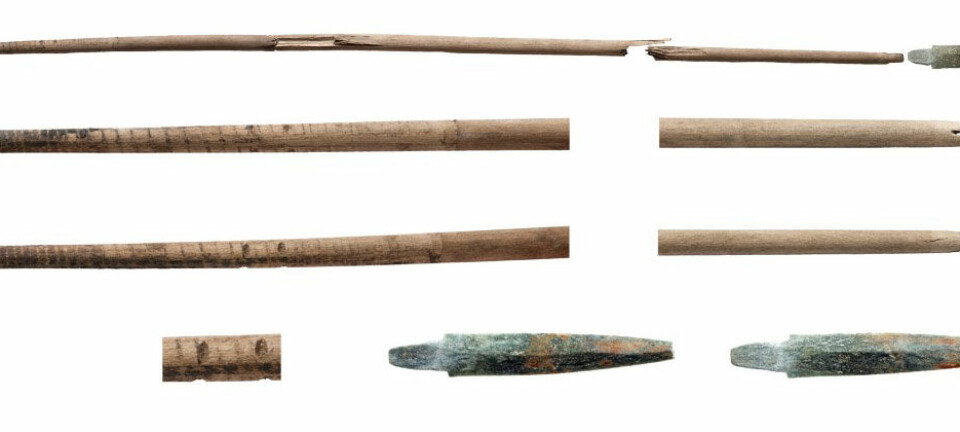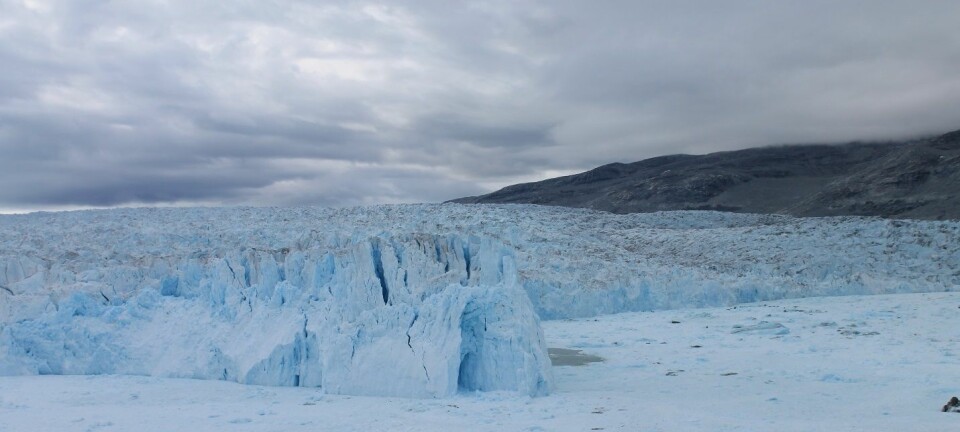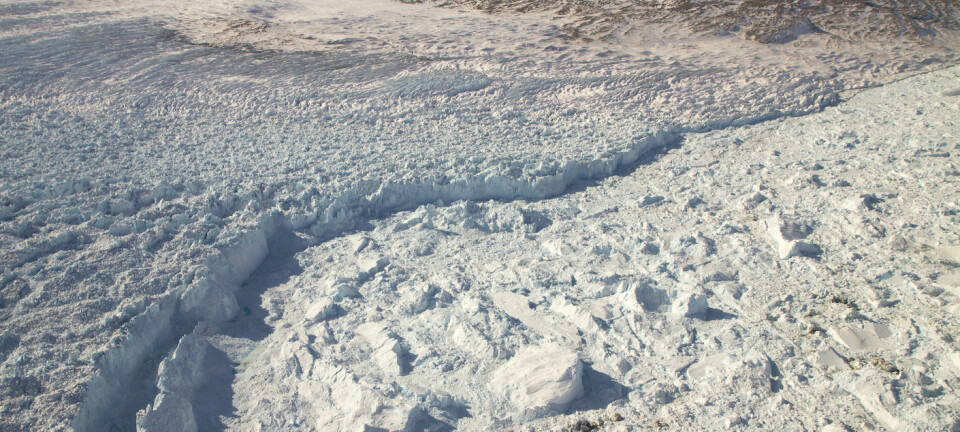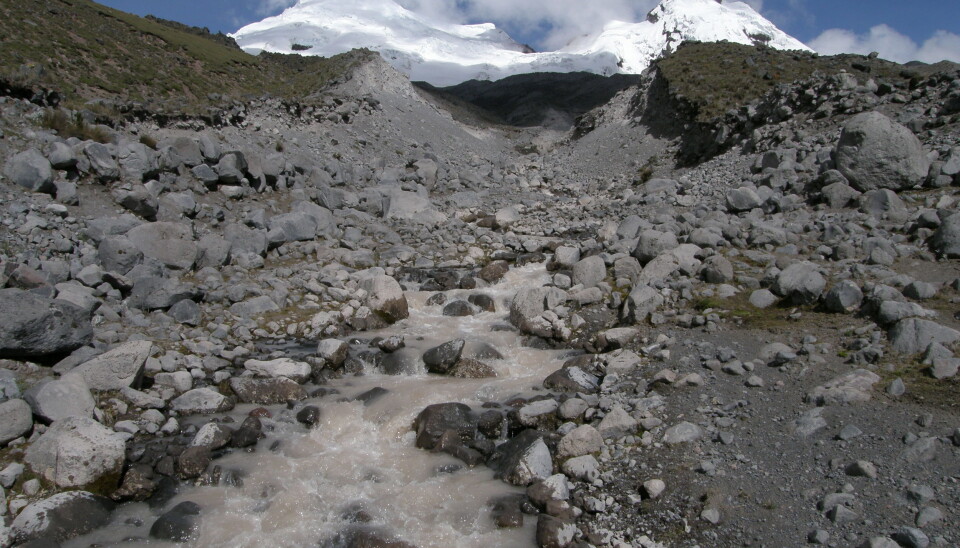
Scientists prepare for loss of mountain glaciers
This is how we adapt to a future with less snow and ice.
Mountain glaciers sustain complex ecosystems and provide water and hydroelectricity for billions of people worldwide.
But they are shrinking at unprecedented rates, and scientists still know surprisingly little about the combined effects that this could ultimately have across entire ecosystems and human societies.
For example, at what point can species that currently depend on glacier melt waters no longer survive? How can towns that rely on glacial water for hydropower and agriculture adapt now to dwindling supplies? And could tourist hotspots sites in Europe or New Zealand lose their allure or present new opportunities for sightseers?
A new review has some answers. Publishing in the scientific journal PNAS, an international team of scientists reviewed the impacts of ongoing glacier retreat in Europe, Africa, Asia, and the Americas.
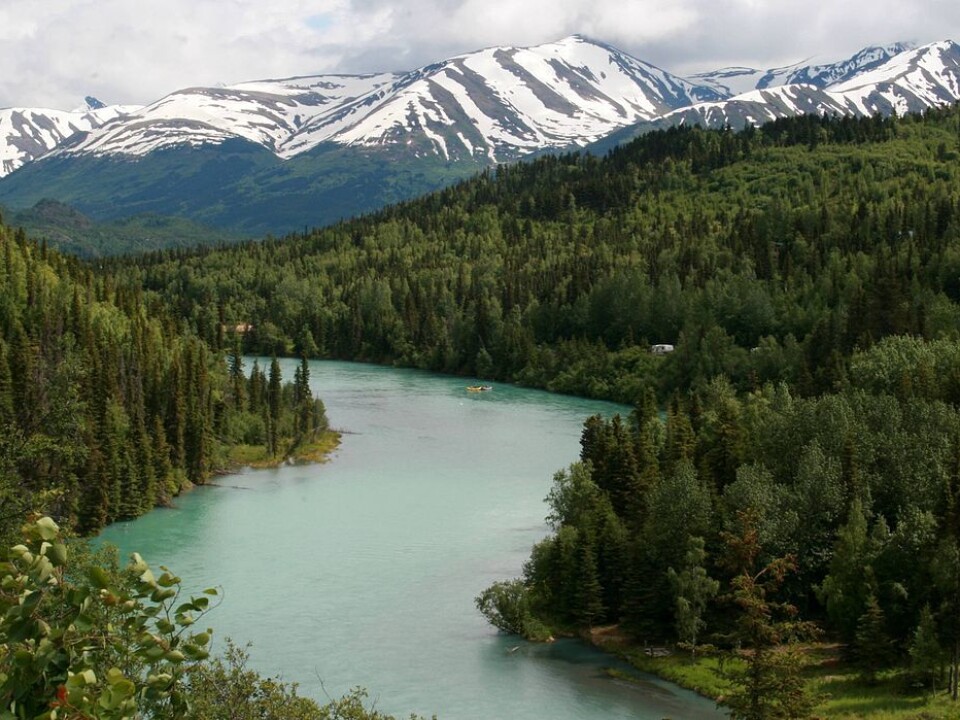
“I do not know of any other paper that integrates such a wide range of impacts,” says lead author Alexander Milner from the University of Birmingham, UK.
Read More: New method identifies the most vulnerable glaciers in Greenland
Four recommendations to prepare for glacier loss
Milner and colleagues have produced four recommendations aimed at helping policy makers and the public to plan for a world with dramatically fewer and smaller mountain glaciers than exist today. These include:
- Extensive and repeated mapping of glacier retreat using new imagery and technologies.
- Continuous global monitoring of contaminants, and biodiversity in glacier-fed rivers to detect early warning signals of change.
- Valuation of the ecosystem services provided by glacier-fed systems, such as the cost of harm caused by contaminants released from old ice and the loss of commercial and sport fisheries.
- Adopting adaptive management decisions and international legislation in the most sensitive areas to protect glacier-derived water resources and the services they provide.
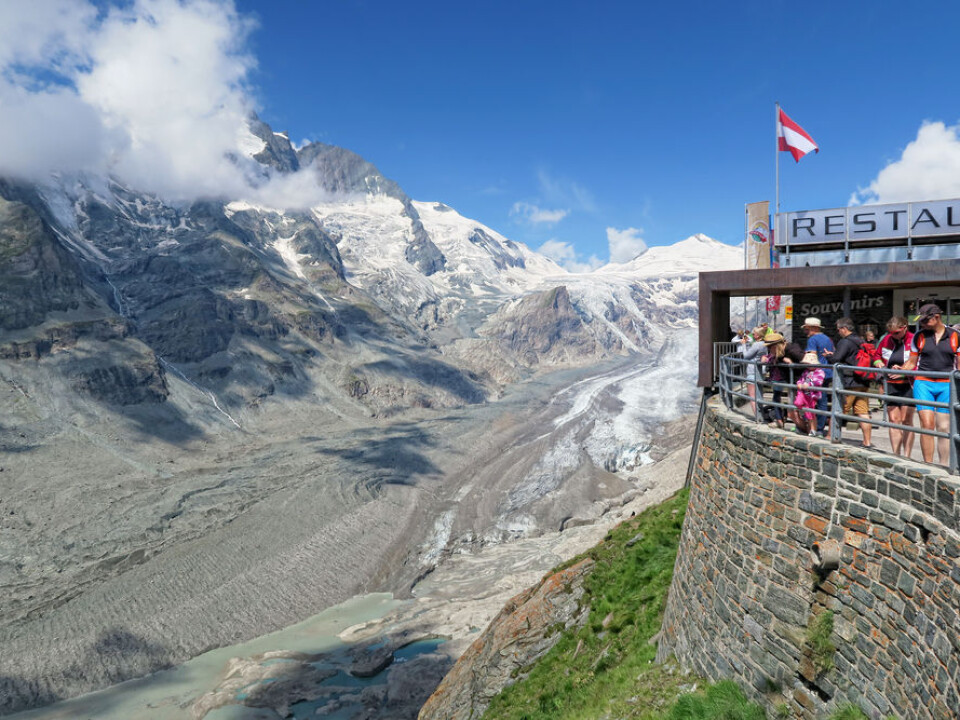
“We’re urging scientists to take their research a step further and put this on the agenda when they have contact with decision makers,” says co-author Dean Jacobsen from the University of Copenhagen, Denmark.
“We should all be concerned about this—from hydro power plant companies to rural farmers depending on glaciers for their water supply,” he says.
Read More: Viking arrowheads emerge from melting Norwegian glaciers
Rapid ice loss worldwide
But just how big a problem is ice loss from mountain glaciers? After all, they represent only a small part of the total land area on Earth at just ten per cent.
Despite this, they punch well above their weight in terms of their contribution to total ice loss around the world and ultimately to sea level rise.
In a study published in Science in 2013, another team of scientists calculated that “glaciers in the Arctic, Canada, Alaska, coastal Greenland, the southern Andes, and high-mountain Asia contribute approximately as much melt water [to sea level rise] as the ice sheets themselves.”
They calculated that mountain glaciers contributed 260 gigatonnes of ice each year between 2003 and 2013, and contributed to 30 per cent of sea level rise during this time. As a comparison, the Greenland ice sheet lost 215 gigatonnes per year between 2002 and 2011, according to Polar Portal.
Read More: Europe’s largest glacier is losing ice fast
A world with few mountain glaciers
The future outlook does not look good either.
Another study published this year in Nature, projects huge ice loss from mountain glaciers across Asia. Their modelling projects a loss of one third of all mountain glaciers throughout Asia once global temperatures reach 1.5 degrees Centigrade above pre-industrial.
Ice loss on this scale could have “major consequences for communities in the region that depend on glacial meltwater for domestic use, hydropower and irrigation,” according to glaciologist Graham Cogley from Trent University, Canada, writing about the research in Nature: News and Views.
The new study highlights similarly staggering estimates of ice loss from glaciers right across the world. For example, glaciers in the European Alps have shrunk by 54 per cent since 1850. And just four to thirteen per cent of ice is expected to remain by the end of the century, compared to 2003 levels, they write.
Read More: “Irreversible” glacier retreat in West Antarctica began 70 years ago
Bracing for possible impacts: Less reliable river flow
In their review, Milner, Jacobsen, and colleagues collated existing published scientific research to identify how shrinking glaciers will impact the flow of rivers, and the knock-on effects that this may have on the animals that live in and around these rivers, including us.
What they found was a complex picture, says Jacobsen.
In the short term, many glacier-fed rivers are boosted by rapid ice melt upstream. But in the long-term, river flow is expected to decline as the glaciers that feed them continue to retreat.
River flow will also become more variable, as the timing and magnitude of the once regular and reliable winter snows and summer melt periods becomes more erratic in a changing climate.
Instead, these glacier-fed rivers will become dominated by less predictable and unreliable periods of rain and snow, as the steady contribution of melt water from glaciers decline, and the river water temperatures subsequently increase.
Read More: New report: how the Arctic will look in 30 years
Dwindling water supplies threaten towns and tourist hot spots
Declining water supplies are already impacting communities, says Jacobsen.
Cattle farming in Wyoming, USA, agriculture and drinking water in the Andes, fisheries in Alaska, and hydroelectric power in central Europe are all reported to rely on glaciers upstream and have all experienced declining water flow and reliability in recent decades, according to the new study.
“Glaciers hold a lot of water as ice, which is released as melt water during the dry season. So it’s just like having a water tower. If that disappears, then at certain times of the year, you’ll have insufficient water in the river to sustain human uses, such as hydro-power plants, or water for irrigation and drinking,” says Jacobsen.
These impacts are felt by communities and industry along the entire length of the river, he says.
“In the Andes, for example, high Alpine wetlands are the main grazing area for livestock and popular tourist destinations. So if these areas don’t receive the water that they used to, their productivity will most likely decrease,” says Jacobsen.
Read More: How business can meet the challenge of climate change
A cascade of effects for wildlife and humans
These changes will have even more complex effects on the animals that currently depend on glacier-fed rivers, says Jacobsen.
“When glaciers disappear, you have changes in downstream ecosystems, you might lose some species somewhere, others may take their place. But we still don’t know how this will cascade and affect the function of overall ecosystem,” he says.
For example, aquatic insects are a vital source of food for other species higher up in the food chain, such as fish, which then sustain us. Jacobsen and colleagues conducted their own analysis to see how these vital insects may respond to shrinking glaciers and changing river conditions.
They saw that many will no longer be able to survive in glacial-fed rivers once the ice retreats to a certain point—a so-called tipping point.
Read More: Cold region ‘tipping point’ now inevitable in northern Europe
Glacier-fed systems at the equator appear most vulnerable. Here, aquatic insects that have adapted to a narrow range of temperatures are projected to die out when glaciers shrink to 31.8 per cent of their current coverage.
European insects are slightly more tolerant and are likely to cling on until glaciers shrink to 20.4 per cent of their current coverage. Sub-Arctic species are the most resistant, only becoming extinct once glaciers reach 19 per cent of their current extent.
The new study does not project when such changes could actually happen, or what their knock-on effect will be for the wider ecosystem. But Jacobsen hopes that their recommendations will now prompt a focussed scientific effort to better understand these possible impacts and to spot them early on.
This, he says, could help conservation managers, farmers, and industry to plan and adapt in good time.
The Hinteresiferner glacier in Austria has one of the longest records of glacier mass balance in the world. This visualisation shows how it has retreated since 1894 based on historical maps and photos. Produced by Philipp Raster from the University of Zurich, Switzerland. (Video: Lindsey Nicholson)
Scientific links
- Glacier shrinkage driving global changes in downstream systems. 2017. DOI 10.1073/pnas.1619807114
- Impact of a global temperature rise of 1.5 degrees Celsius on Asia’s glaciers. 2017. doi:10.1038/nature23878
- The future of Asia's glaciers (2017). News and Views piece, Nature.
External links
- Professor Alexander Milner
- Professor & Section Head Dean Jacobsen
- Professor Graham Cogley, Department of Geography, Trent University, Canada.

